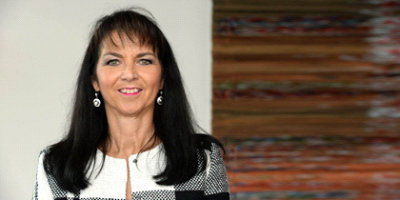Talk by Prof. Dr. Uschi Backes-Gellner
24. Mai 2019, 11:00 Uhr
Andreasstrasse 15, 4. Etage
AND 4.19, 8050 Zürich

Universities of applied sciences and innovation - Regional effects of an educational expansion in Switzerland
The presentation provides comprehensive empirical evidence on the effects of the establishment of Universities of Applied Sciences (UAS) on regional innovation activities. It draws its evidence from three projects that exploit a quasi-experimental policy reform to study causal effects of the introduction of UAS (Fachhochschulen) in the German speaking part of Switzerland. They use difference-in-differences estimations to investigate the effect on 1. regional quantity and quality of patents, 2. firms’ demand for R&D personnel, and 3. innovation spillovers to workers with different types of education backgrounds.
Findings for patent quantity show an increase in regional patenting quantity of up to 14 percent in regions with a UAS in comparison to regions without a UAS. Results for patent quality suggest that the additional patents of UAS are not patents with minor quality but rather with higher quality (as measured by different patent quality indicators). Both findings are robust to various model specifications, suggesting that the applied research taught in UAS’s strongly boosts regional innovation activities.
To investigate one possible mechanism for the increased patenting, the second project studies the development of R&D employment of firms in treated vs. non-treated regions. It uses repeated cross-sectional data from the Swiss Earnings Structure Survey (ESS) and constructs measures for the quantity of R&D-employment and the share of the total wage sum paid for R&D-employment. Results show a positive effect of UAS on the employment of R&D personnel, in particular for small firms and for firms in R&D-intensive industries, and a positive effect on the wage sum going to R&D personnel. Thus, firms quantitatively and qualitatively increase their R&D employment after the availability of UAS graduates, which is one mechanism for the observed patenting effects.
In addition, the third project analyzes whether and which jobs change after the introduction of UAS. It uses job advertisements provided by the Swiss Job Market Monitor and finds evidence that after the establishment of UAS the jobs in treated regions more often include R&D-related tasks, not only for the new UAS graduates but also for apprenticeship graduates. Thus, the establishment of UAS in Switzerland functioned like a rising tide that lifted all boats.